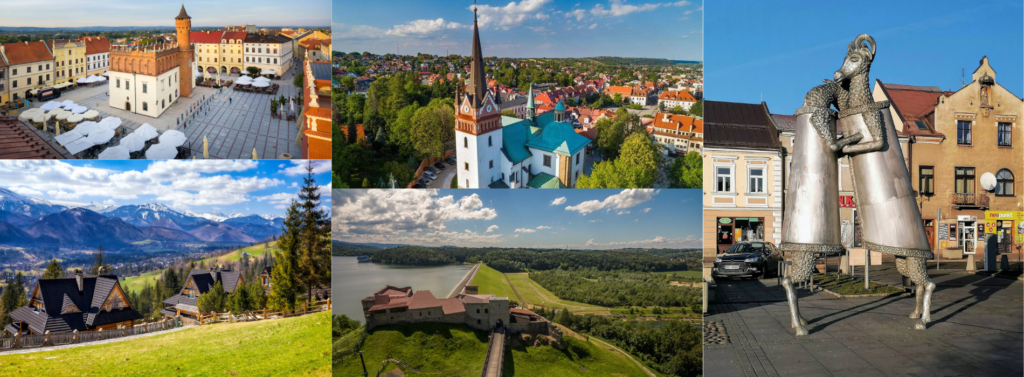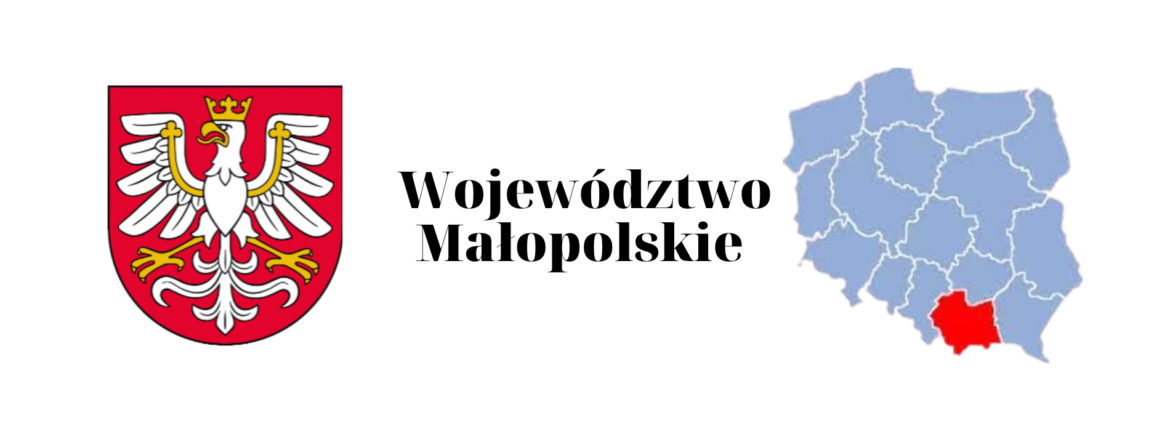Introduction
Nestled in the southern part of Poland, the Lesser Poland Voivodeship, or Małopolska, is a region that seamlessly blends the past with the present. With its sprawling landscapes, historic cities, and rich cultural tapestry, it offers a unique glimpse into the soul of Poland.
Historical Significance
The name „Lesser Poland” harks back to the traditional name of a historic Polish region. Interestingly, the current voivodeship only represents a small part of the ancient Małopolska region, which, combined with Greater Poland and Silesia, formed the early medieval Polish state. Historic Lesser Poland is expansive, stretching to cities like Radom, Lublin, and Siedlce.
Kraków: The Jewel of Lesser Poland
As the capital of Lesser Poland, Kraków is a city that resonates with history, art, and academia. Its Old Town, a UNESCO World Heritage Site, is a maze of cobbled streets, historic buildings, and vibrant squares. The Jagiellonian University, established in 1364, stands as a beacon of knowledge and has been the alma mater of luminaries like Nicolaus Copernicus and Pope John Paul II. Kraków was also designated a European City of Culture in 2000, a testament to its cultural significance.
The Mystique of the Highlands
The highlanders of Lesser Poland, particularly from the Tatra region, have a distinct culture that sets them apart. Their traditions, music, dance, and attire are deeply rooted in the region’s history. Zakopane, often referred to as the „winter capital of Poland,” is a reflection of highlander culture. The town is not just a popular winter resort but also a living museum of highlander customs.
Cultural and Natural Landmarks
Beyond Kraków and the highlands, Lesser Poland is dotted with sites of immense cultural and natural significance. The Wieliczka Salt Mine, with its underground wonders carved out of salt, is a marvel to behold. The region is also home to the somber Auschwitz concentration camps, a grim reminder of the atrocities of World War II.
Nature enthusiasts will find solace in the region’s national parks and reserves. The Ojców National Park, with its limestone cliffs and caves, offers a unique landscape, while the Babia Góra National Park is a biodiversity hotspot.
Economic and Educational Landscape
Lesser Poland is not just about history and culture; it’s also a dynamic economic region. With a GDP of 40.4 billion € in 2018, it contributes significantly to Poland’s economy. The region is home to high-tech industries, banking, and more traditional sectors like food processing and metallurgy. Kraków, with its Tadeusz Sendzimir Steelworks, stands as a major industrial center.
Educationally, the region is a hub. Apart from the Jagiellonian University, Kraków houses several other institutions, including the AGH University of Science and Technology and the Academy of Economics. The city of Nowy Sącz also stands out as an educational center.

Conclusion
Lesser Poland Voivodeship is a microcosm of Poland’s diverse heritage. It’s a place where history meets modernity, where the echoes of the past blend with the rhythms of the present. From the bustling streets of Kraków to the tranquil beauty of the national parks, and from the melodies of highlander songs to the academic corridors of its universities, Lesser Poland invites one and all to experience its multifaceted charm.
